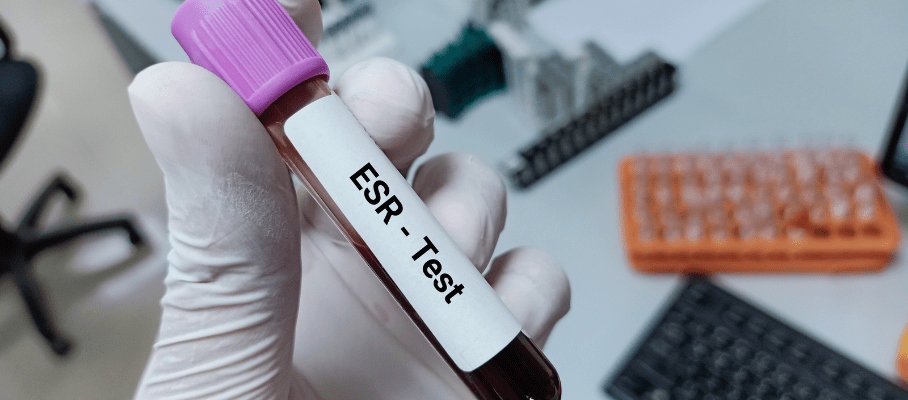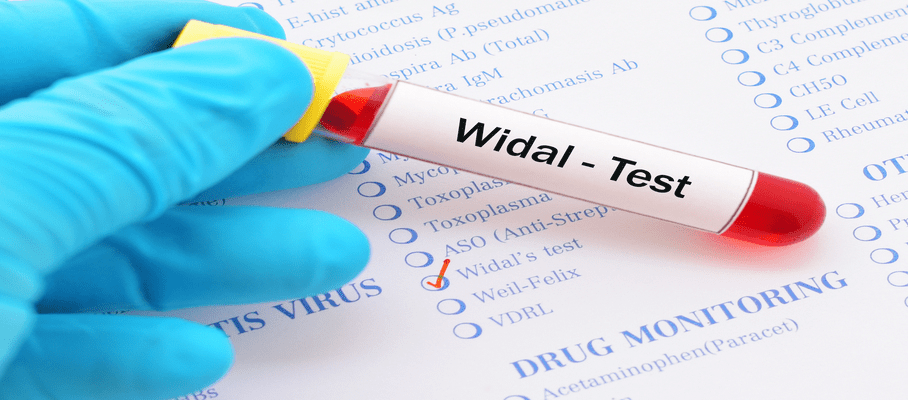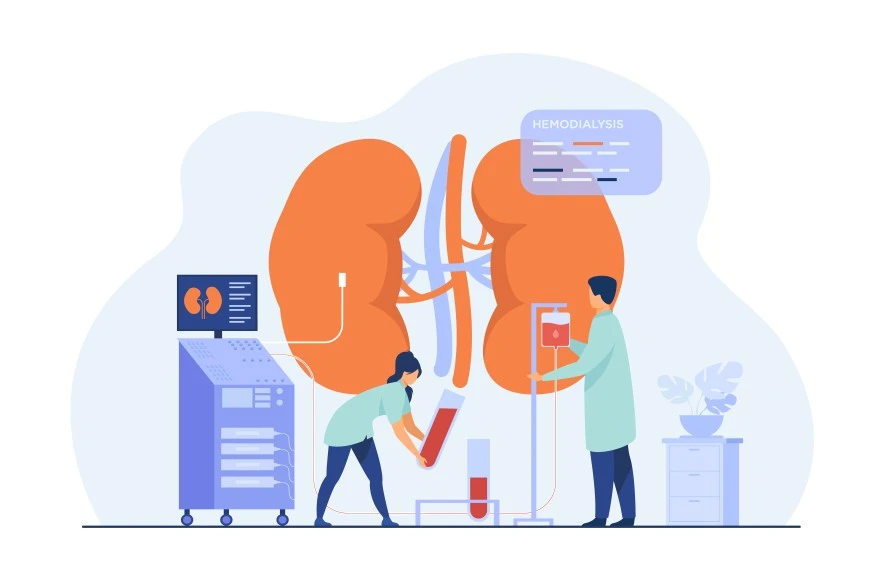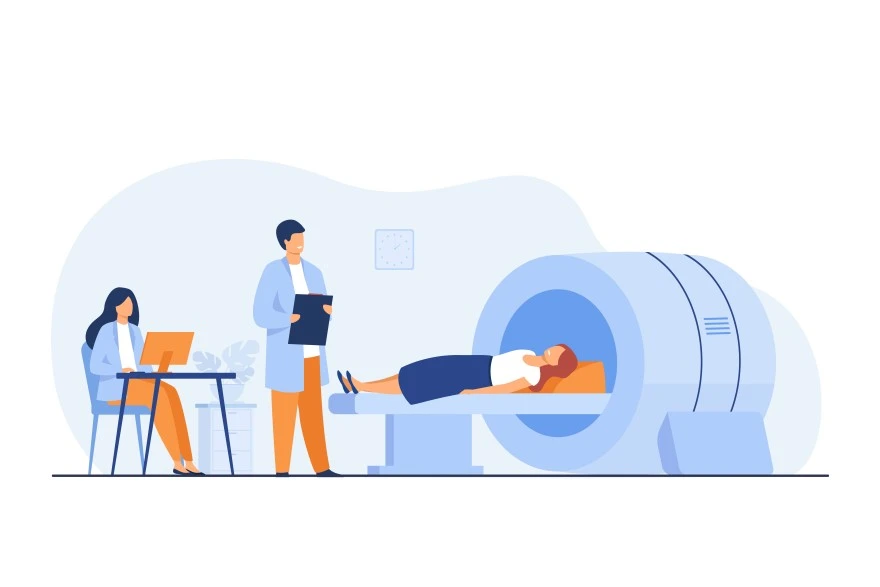Preventive Healthcare
AEC Test (Absolute Eosinophil Count): When and Why It's Ordered

Table of Contents
- What Is an AEC Test?
- Why Is the AEC Test Done?
- Symptoms That May Require an AEC Test
- How Is the AEC Test Performed?
- Preparation Required for the AEC Test
- What Does the AEC Test Measure?
- Uses of AEC Test
- Normal AEC Range in Blood
- High Eosinophil Count: What It Could Mean?
- Low Eosinophil Count: Causes and Implications
- Conditions Diagnosed Through AEC Test
- AEC Test vs. Other White Blood Cell Tests
- Risks and Side Effects of the Test
- When Should You See a Doctor?
- Final Thoughts
- FAQs
What Is an AEC Test?
An AEC test is a blood test that measures the absolute number of eosinophils, a type of white blood cell, in a microlitre of blood. Eosinophils play a key role in your body's immune response, especially in fighting parasitic infections and allergic reactions. The test gives your doctor a precise count of these cells to assess if your immune system is working normally or overreacting to allergens or infections
Why Is the AEC Test Done?
Your doctor may order an AEC blood test if you have symptoms suggesting:
- Allergies or asthma
- Parasitic infections
- Inflammatory disorders
- Certain rare blood disorders
Measuring your absolute eosinophil count by identifying abnormal eosinophil levels, whether elevated or low. The test also allows your doctor to monitor disease progression and check if treatments are working to bring your eosinophil numbers back to the AEC test normal range.
Symptoms That May Require an AEC Test
You may need an AEC test if you're experiencing symptoms like:
- Chronic cough or wheezing
- Skin rashes or hives
- Nasal congestion or sneezing
- Abdominal pain or diarrhoea
- Unexplained fever or weight loss
These symptoms often occur with allergies, asthma, parasitic infections, or autoimmune diseases that may raise eosinophil levels above the normal range. Getting an AEC blood test helps your doctor determine the underlying cause.
How Is the AEC Test Performed?
The AEC test is a simple blood test usually done by drawing blood from a vein in your arm. The area is first cleaned with an antiseptic, and an elastic band is tied around the upper arm to make the vein more visible. A needle is gently inserted to collect blood into a vial or syringe. Afterward, the band is removed, and gauze is applied to stop any bleeding. The sample is then sent to a lab to determine your absolute eosinophil count.
Preparation Required for the AEC Test
No special preparation is needed for the AEC test. You can eat and drink normally before the test and continue taking your regular medications unless your doctor instructs otherwise. It's always a good idea to share your current health conditions and any medicines or supplements you take, as some may influence your AEC test results.
What Does the AEC Test Measure?
The AEC test measures the exact number of eosinophils per microlitre of blood. Eosinophils normally make up a small percentage of your total white blood cell count. When your body encounters parasites, allergens, or other triggers, it produces more eosinophils to help fight them off. The AEC blood test reflects this activity by giving an exact eosinophil number, rather than just a percentage like some other tests.
Uses of AEC Test
Doctors use the AEC test to:
- Diagnose allergies, asthma, and eczema
- Detect parasitic diseases like hookworm infections
- Identify inflammatory conditions such as inflammatory bowel disease
- Diagnose autoimmune disorders like rheumatoid arthritis
- Monitor treatment response in conditions with high eosinophil levels
By comparing your absolute eosinophil count to the AEC test normal range, your doctor can determine if you have an abnormally high or low number of eosinophils. This provides important clues for diagnosing and managing various illnesses.
Normal AEC Range in Blood
The normal range for the absolute eosinophil count is typically between 30 and 350 cells per microlitre of blood. However, this may vary slightly depending on the laboratory's reference values. AEC test results within this range generally indicate a healthy immune response. Eosinophil levels outside the normal range, whether too high or too low, can signal an underlying condition that requires further investigation and treatment.
High Eosinophil Count: What It Could Mean?
A high absolute eosinophil count, known as eosinophilia, most commonly indicates:
- Allergies (including food, environmental, and drug allergies)
- Asthma or eczema
- Parasitic infections
- Inflammatory disorders
- Certain blood cancers
With eosinophilia, your AEC test results show more than 500 eosinophils per microlitre. The higher your eosinophil count, the more severe the allergic response or infection. Very high levels can cause organ damage if left untreated. Your doctor may perform additional tests to pinpoint the underlying cause of eosinophilia.
Low Eosinophil Count: Causes and Implications
A low absolute eosinophil count is less common than eosinophilia. It can occur temporarily due to:
- Stress or infection
- Steroid medications
- Chemotherapy or radiation treatment
Consistently low eosinophil levels may indicate an autoimmune disease or bone marrow disorder. While a low count usually isn't cause for concern, your doctor will investigate further if your AEC test results remain low without an obvious cause.
Conditions Diagnosed Through AEC Test
The AEC test helps diagnose a wide range of disorders characterised by high eosinophil levels (eosinophilia causes), including:
- Allergic disorders: Asthma, allergic rhinitis, food allergies, eczema
- Parasitic infections: Ascariasis, hookworm, schistosomiasis, toxocariasis
- Inflammatory diseases: Eosinophilic esophagitis, inflammatory bowel disease
- Blood disorders: Hypereosinophilic syndrome, eosinophilic leukemia
- Autoimmune diseases: Rheumatoid arthritis, lupus, vasculitis
If your AEC test results are abnormal, your doctor will likely recommend additional tests to determine the specific underlying condition. Prompt diagnosis allows for timely treatment to control symptoms and prevent complications.
AEC Test vs. Other White Blood Cell Tests
While the AEC test specifically measures eosinophils, other tests provide information about different types of white blood cells:
- CBC (Complete Blood Count): Measures overall white blood cell count and percentages of each type (neutrophils, lymphocytes, monocytes, eosinophils, basophils)
- Differential: Provides specific counts of each white blood cell type
- Absolute Neutrophil Count (ANC): Measures neutrophils, which fight bacterial infections
- Absolute Lymphocyte Count (ALC): Quantifies lymphocytes involved in viral infections and immune memory.
Each test offers unique insights into immune function. The AEC test is particularly useful when allergies, parasitic infections, or eosinophil-related conditions are suspected.
Risks and Side Effects of the Test
The AEC blood test is a safe, routine procedure with minimal risks. Common side effects may include slight pain during needle insertion, bruising, redness, or swelling at the site, and occasional lightheadedness. In rare cases, infection may occur. These effects are usually mild and resolve quickly. Serious complications like excessive bleeding or severe infection are extremely rare.
When Should You See a Doctor?
Warning signs that warrant medical attention include:
- Chronic cough or wheezing
- Difficulty breathing
- Severe allergic reactions (anaphylaxis)
- Unexplained skin rashes or hives
- Chronic digestive issues or abdominal pain
- Recurrent infections
- Unexplained weight loss or fatigue
Your doctor can determine if an AEC test or other diagnostic measures are needed based on your symptoms and medical history.
Final Thoughts
The AEC test is a valuable tool for assessing immune function and diagnosing conditions related to allergies, infections, and inflammation. By measuring your absolute eosinophil count, this simple blood test provides doctors with crucial information to guide treatment decisions and monitor your health over time.
At Metropolis Healthcare, we understand the importance of accurate and timely diagnostic testing. Our team of expert phlebotomists and state-of-the-art laboratories deliver reliable AEC test results, empowering you and your doctor with the information needed to make informed health decisions.
FAQs
What is the difference between a CBC and an AEC?
A CBC measures your total white blood cell count, while an AEC specifically quantifies absolute eosinophil levels.
What is a normal AEC count?
The AEC test normal range for adults is typically 30 to 350 eosinophils per microlitre of blood.
Can allergies cause high AEC levels?
Yes, allergic reactions like asthma or eczema are a common cause of high absolute eosinophil count, or eosinophilia.
Do I need to fast before an AEC test?
No, fasting is not usually required before an AEC blood test unless specified by your doctor.
What causes elevated eosinophil levels?
Causes of eosinophilia include allergies, asthma, parasitic infections, inflammatory conditions, autoimmune disorders, and certain cancers.
How is eosinophilia treated?
Treatment for eosinophilia depends on the underlying cause. It may involve medications to control allergies, steroids to reduce inflammation, or anti-parasitic medicines.
How long does it take to get AEC results?
AEC test results are typically available within a few days, but turnaround times can vary between labs.
Is a high AEC count always serious?
While highly elevated eosinophils can indicate serious conditions, mild eosinophilia is often due to allergies or medications and may resolve with treatment.
Related Tests
Tests related to the topic

































